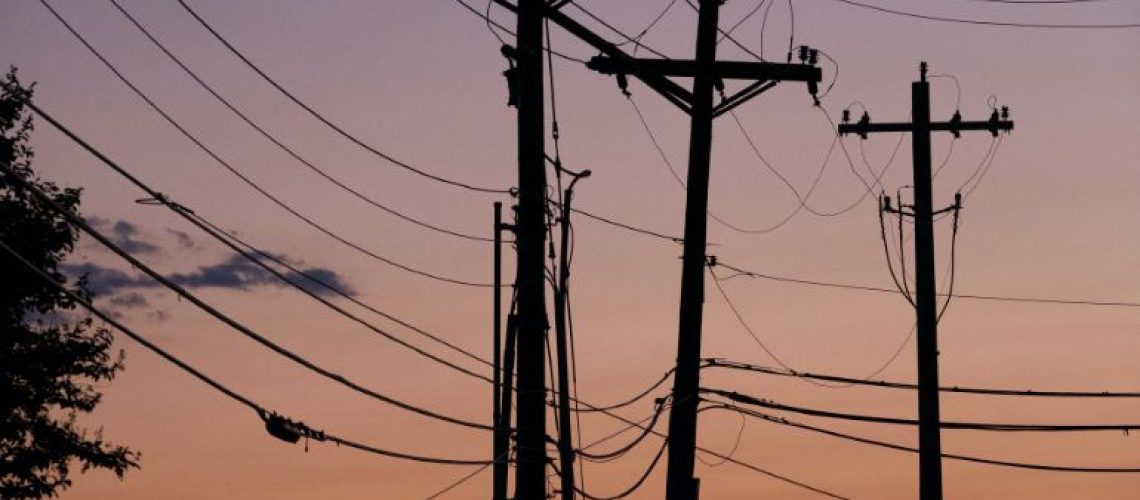Advocacy group Think Microgrid today released a microgrid “State Scorecard” report, finding that microgrids face existential barriers to implementation in most states. In the scorecard, most states were awarded a grade of C or D. Only four states – Connecticut, Colorado, Hawaii and Texas – earned a B grade.
The scorecard uses an evaluation framework that considers five fundamental dimensions, each critical to understanding the market today and the opportunities in the future: deployment, policy reform, resilience, market development and equity. The scorecard builds from conversations with regulators, policymakers and industry stakeholders that Think Microgrid has hosted over the past two years.
Microgrids connect local energy resources so that they can operate either in coordination with the larger utility grid or independently, providing resilient power for homes, businesses and critical facilities. The Department of Energy has identified microgrids as “essential building blocks of the future electricity distribution system” that could provide 30-50% of the country’s electricity needs by 2035. This vision is driven by microgrids’ demonstrated success as a resilience, decarbonization, and equity solution that generate local economic benefits and energy affordability.
“There is no doubt that microgrids can be the foundation of a grid that is truly resilient, clean and equitable,” said Cameron Brooks, Think Microgrid Executive Director. “But that outcome is hardly inevitable. It requires deliberate and thoughtful action.”
Across the country, the microgrid market is rapidly growing and diversifying, including up to 20% overall growth during the past year, according to Wood Mackenzie, which provided the state-level microgrid project and market data underlying the report. At the same time, the analysis illustrates that many segments of the microgrid market are unlikely to reach their full potential without reforming policies that were designed decades ago.
“Grid insecurity is on the rise,” said Ben Hertz-Shargel, Global Head of Grid Edge at Wood Mackenzie. “This has translated to increased demand for microgrids across sectors, from industrial facilities to retirement communities, particularly in states most exposed to recurring extreme weather.”
While microgrid markets are steadily growing and diversifying, the industry is at an inflection point. Even while private investment flourishes, few states have identified strategies for integrating microgrids into the physical grid or creating market designs necessary to support them. Furthermore, outdated utility policies prohibiting microgrids from distributing electricity may stand in the way of the DOE’s vision.
“We have many customers who want state-of-the-art digitized microgrids to meet their desired outcomes of resiliency or decarbonization,” said Jana Gerber, North America Microgrid President Schneider Electric. “The scorecard is important tool to keep customers and microgrid developers informed of how and where progress is being made. To meet our goals of clean energy, we need to continue to drive to digitization and update rules that were designed for an analog world. Microgrids are the foundational element of this future.”
Leading states are taking steps to stimulate investment, plan projects, and develop markets. Think Microgrid awarded ‘B’ scores to states that are proactively reforming barriers to microgrid development through legislative or regulatory action. The scorecard includes detailed analysis of state activities across the landscape and argues that states should develop “microgrid roadmaps” to identify and implement microgrid policies.
A recent report from Guidehouse projects the microgrid market will generate half a million jobs and $72 billion in GDP growth by 2030. This analysis found that every $1 million invested in renewable energy microgrid assets will create 3.4 skilled jobs and $500,000 in economic benefits.
“The public is ready, and support is growing,” said Meghan Nutting, Executive Vice President, of Government and Regulatory Affairs for Sunnova. “We have entire communities interested in connecting their rooftop solar and storage to truly resilient microgrids. Outdated utility business models require the law to be updated to match today’s reality and enable energy independence for all customers. This Scorecard paints a clear picture about what needs to change and how to change it.”
News item from Think Microgrids



